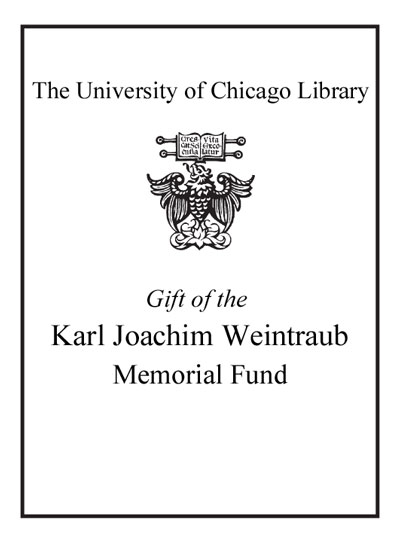| Summary: | "Thinking History Globally means thinking about the past and the present beyond national borders, language barriers, and enclosed regions. There are four thinking strategies to gain global perspectives: comparing, connecting, conceptualizing, and contextualizing. Comparing is about contrasting between several cases and drawing new conclusions. Connecting is tracking the interdependences between cases and assessing their importance. Conceptualizing is recognizing that developments in one or several cases belong within a larger recurring pattern. Contextualizing is making sense of one case amidst developments world-wide. This book offers a practical guide into these strategies of thinking by applying them to multiple historical cases, ranging from the first civilizations and up to the First World War. While doing that, Olstein also presents the twelve branches of history that outstand in the application of these four strategies and in thinking history globally: comparative, relational, international, transnational, oceanic, global, world, and big histories, historical sociology, civilizational analysis, world-system approach, and history of globalization"--
|
|---|

